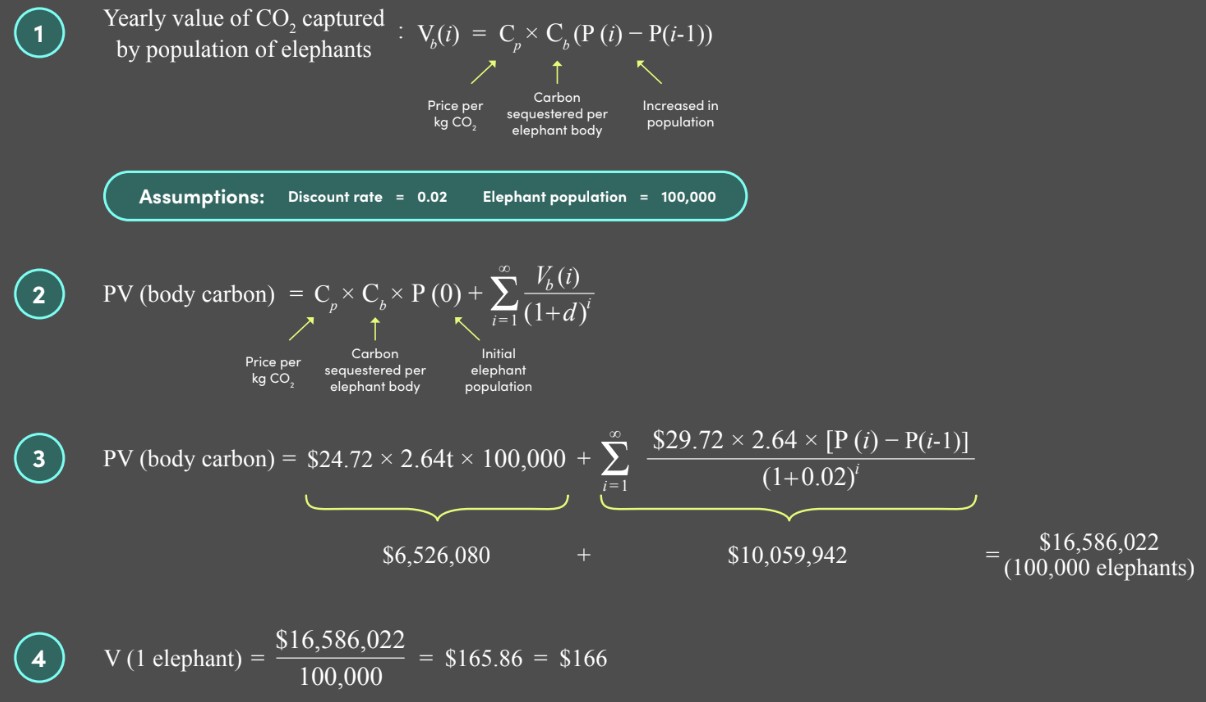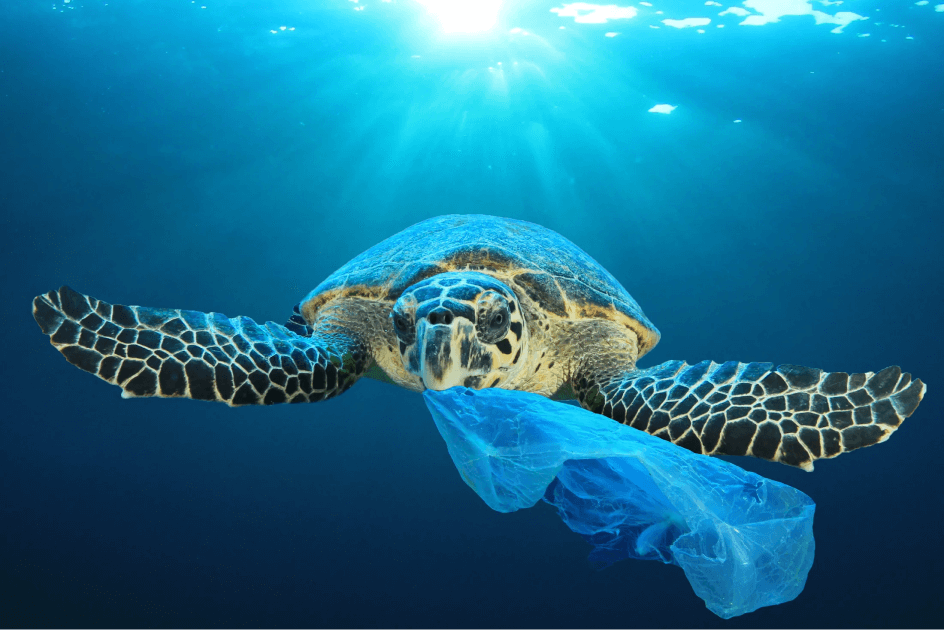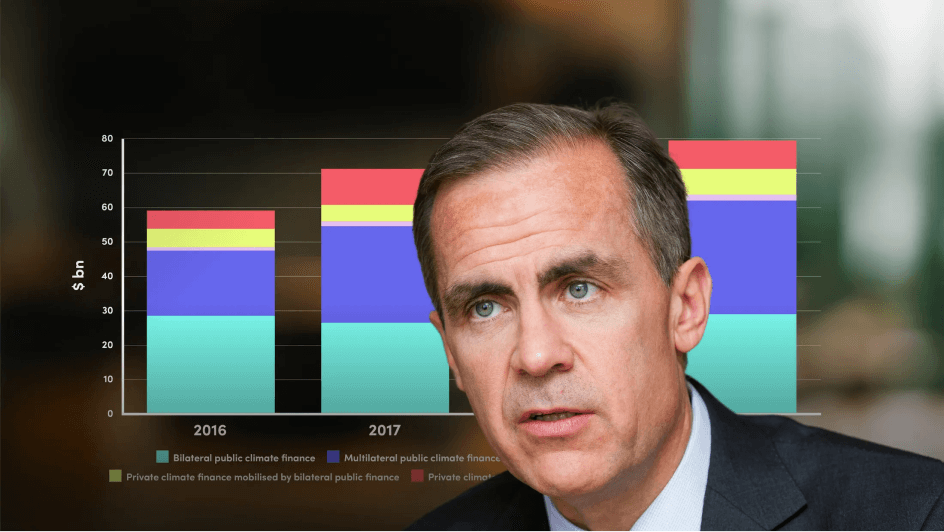
What is the (Carbon) Value of an Elephant? (Case Study)

Ralph Chami
CEO & Co-founder: Blue Green Future
In the previous video, Ralph discusses the carbon value of a whale and reinforces the importance of wildlife in our ecosystem. In this video, he highlights the significant carbon storage role of African forest elephants in climate change mitigation, emphasising their value beyond the ivory trade and the necessity of integrating such natural services into financial markets for conservation and sustainable development.
In the previous video, Ralph discusses the carbon value of a whale and reinforces the importance of wildlife in our ecosystem. In this video, he highlights the significant carbon storage role of African forest elephants in climate change mitigation, emphasising their value beyond the ivory trade and the necessity of integrating such natural services into financial markets for conservation and sustainable development.

What is the (Carbon) Value of an Elephant? (Case Study)
10 mins 8 secs
Overview:
The African forest elephant, known as the "mega-gardener of the forest," plays a vital role in carbon capture. These elephants store substantial carbon in their bodies, with each mature individual containing about 2.64 tonnes of CO2, valued at around $166 after discounting. Furthermore, their activity in the forests, particularly grazing on smaller trees, promotes the growth of larger trees that sequester more carbon. If the forest elephant population returned to its historic levels, it could stimulate a net increase of carbon capture by an estimated 13 metric tons per hectare, translating to a potential value of $150 billion for the recovered population. This value far exceeds the market price of their ivory. Unfortunately, due to poaching and deforestation, their numbers have dwindled, emphasising the need for conservation efforts in the fight against climate change and biodiversity loss.


Ralph Chami
There are no available Videos from "Ralph Chami"





















